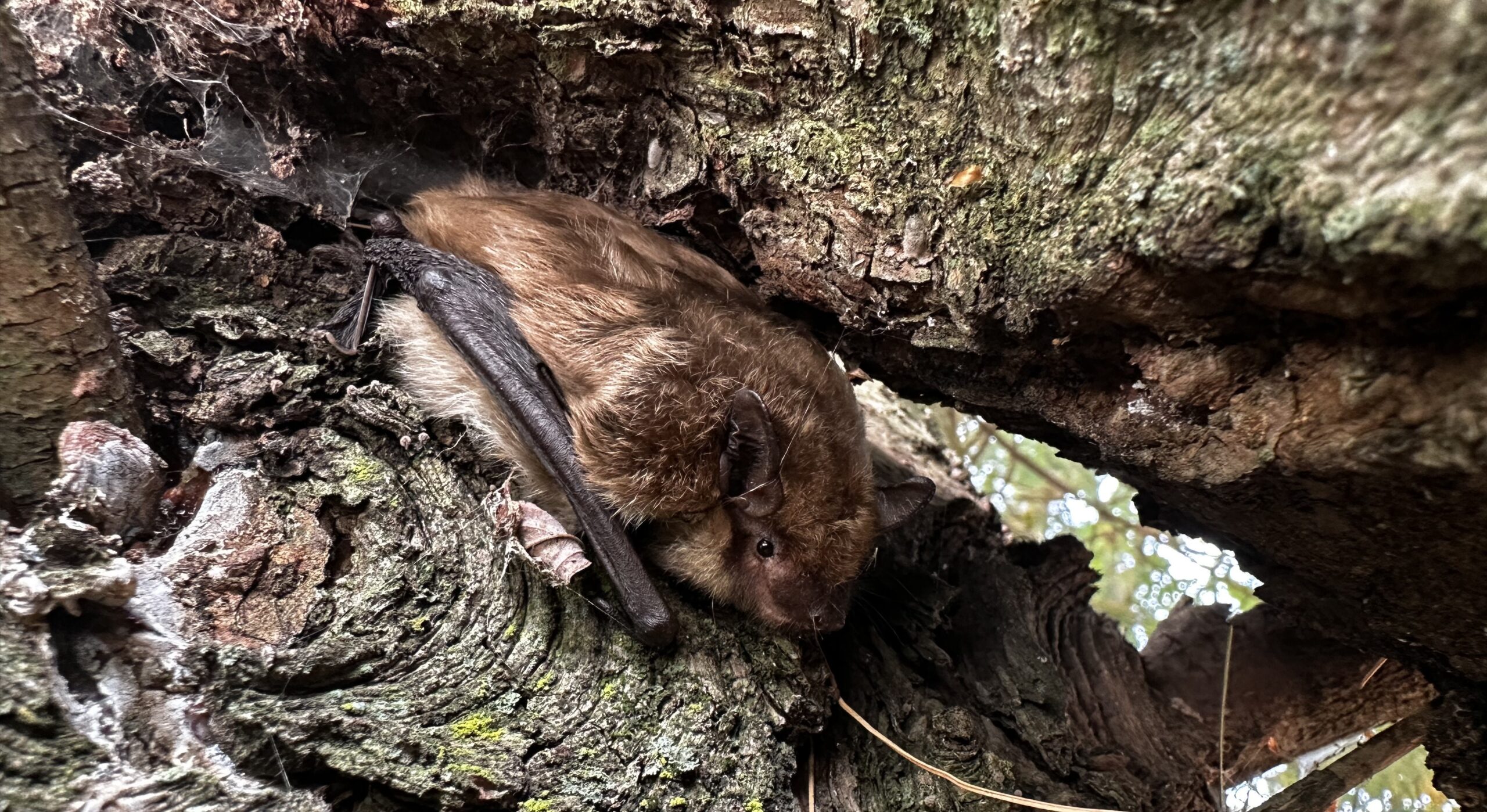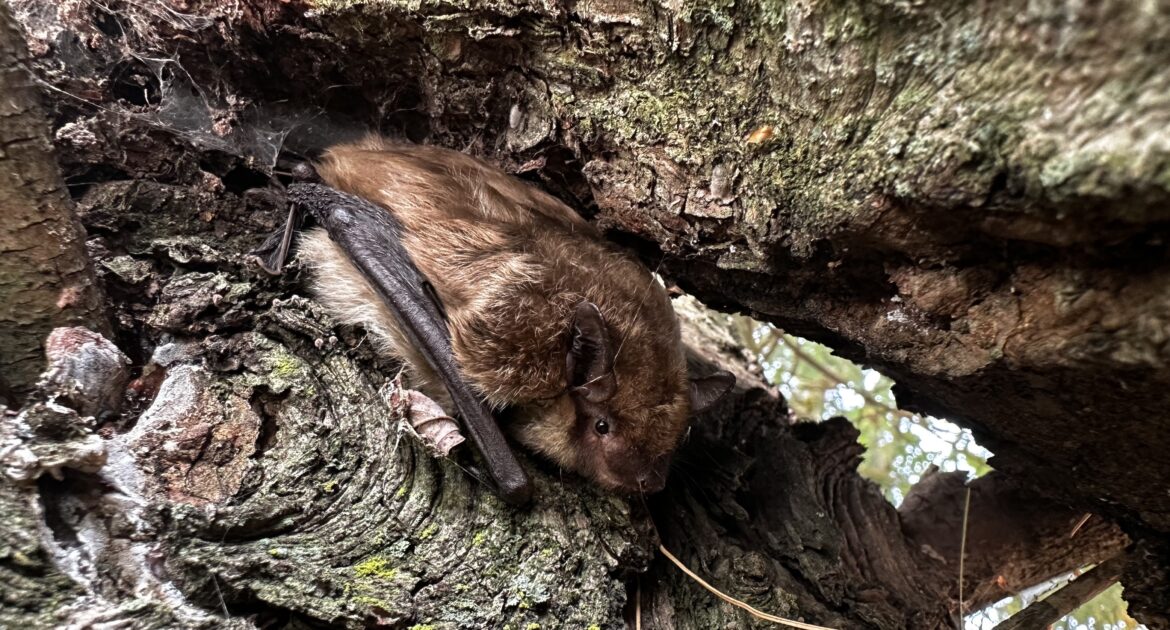Bats are fascinating creatures that play a crucial role in our ecosystem. However, they can become a problem when they decide to roost in your home. Understanding when bats have babies is essential for effective and humane removal.
Bats typically mate in late summer or early fall, but they delay fertilization until spring. This results in the birth of pups around late May to early July. Knowing this timeline can help you plan the best time to address a bat infestation. During this period, you might hear more activity and even see what bat babies look like—small, hairless, and dependent on their mothers.
Addressing a bat issue requires professional help to ensure the safety of both the bats and your household. Trust Skedaddle’s expert team to handle the situation with care and efficiency, providing you with peace of mind and a bat-free home.
This blog post will explore the mating habits of bats, their reproductive cycles, and how Skedaddle can help you with bat removal in Toronto.
Introduction to Bat Mating Seasons
Bats are nocturnal mammals known for their unique ability to fly and their echolocation skills. These creatures have specific mating seasons that vary depending on the species and geographical location. For most bats, mating occurs in the late summer or early autumn. During this time, males and females come together to mate, and the females store the sperm until the following spring when they ovulate and fertilization occurs.
Understanding the timing of mating seasons is essential for homeowners who want to prevent colonies from establishing themselves in their homes. By knowing when bats are likely to mate, homeowners can take proactive steps to secure their homes and seek professional help if needed.
The Reproductive Cycle of Bats
The reproductive cycle of bats is a fascinating process that involves several stages. After mating in the late summer or early autumn, female bats undergo a period of delayed fertilization. This means that fertilization does not occur immediately after mating. Instead, the female stores the sperm in her reproductive tract until the conditions are favourable for fertilization.
In the spring, typically around April or May, fertilization occurs, and the female becomes pregnant. The gestation period varies by species but generally lasts between 40 to 60 days. During this time, the female bat prepares for the birth of her young by finding a suitable roosting site, which often includes attics, barns, and other sheltered places in homes.
Understanding the reproductive cycle helps homeowners recognize the importance of addressing infestations promptly. By the time young bats are born, the colony may have already established itself, making removal more challenging.
What Do Bat Babies Look Like?
Bat babies, also known as pups, are born blind and hairless. They are entirely dependent on their mothers for warmth, nourishment, and protection. Pups typically weigh less than an ounce at birth, but they grow rapidly, developing fur and opening their eyes within a few weeks.
During the first few months of life, pups remain in the roosting site while their mothers go out to forage for food. The mothers return to nurse their young several times throughout the night. By late summer, the young bats are usually ready to fly and forage on their own.
Knowing what bat babies look like and their developmental stages is important for homeowners. If you hear high-pitched squeaking noises coming from your attic or other parts of your home, it could be a sign of a colony with young pups. In such cases, it’s essential to seek professional help from Skedaddle to ensure humane and effective removal.
Why Professional Bat Removal is Essential
While bats are beneficial to the environment, having them in your home can pose health risks and cause structural damage. Bats can carry diseases such as rabies and histoplasmosis, which can be transmitted to humans. Additionally, their guano (droppings) can accumulate and cause unpleasant odours, staining, and even structural damage over time.
Attempting to remove them on your own is not recommended. DIY methods can be ineffective and may even harm the bats or yourself. They are protected species in many areas, and improper handling can result in legal consequences. Furthermore, many over-the-counter products and traps are not designed to address the root of the problem, leading to recurring infestations.
Skedaddle’s removal services utilize humane and effective techniques to handle bat infestations. Trained technicians perform a detailed inspection of your property to identify entry points and roosting sites. They then implement exclusion methods to safely and humanely evict the bats from your home, ensuring that the animals are not harmed in the process.
Skedaddle’s approach includes sealing all potential entry points to prevent future infestations. This is a critical step, as bats can squeeze through incredibly small openings, making it easy for them to find their way back into your home if these gaps are not properly secured. The experts also clean and decontaminate the affected areas, removing guano and other debris that could pose health risks or cause damage.
Choosing professional removal ensures that the problem is addressed thoroughly and in compliance with local wildlife protection laws. By choosing Skedaddle’s services, you can rest assured that your home will be bat-free, and the bats will be safely removed. This approach not only protects your property and health but also respects the vital ecological role that bats play.
The Skedaddle Difference
At Skedaddle, we pride ourselves on our comprehensive approach to wildlife removal. Our process begins with a thorough inspection of your home to identify all potential entry points and assess the extent of the infestation. This step is crucial in developing a tailored plan that addresses the unique challenges of your situation.
Once the inspection is complete, our technicians will carefully and humanely remove the bats using exclusion methods. This involves allowing the bats to exit your home but preventing them from re-entering. We use specialized equipment, such as one-way doors, which ensure the bats can leave safely without getting trapped inside.
After the bats have been removed, we focus on sealing all entry points to prevent future infestations. Our team uses high-quality materials and techniques to ensure that your home is bat-proof.
Lastly, we understand the importance of a clean and healthy living environment. Our technicians will clean and sanitize the affected areas, removing any guano and odours that can pose health risks. This step is essential in ensuring that your home is safe and comfortable for you and your family.
Choosing Skedaddle means you’re opting for a team of dedicated professionals who prioritize both your well-being and the welfare of the bats. Our humane methods, combined with our commitment to excellent customer service, set us apart in the industry. Trust Skedaddle to provide you with a safe, effective, and compassionate solution to your bat problem.
Comprehensive Bat Removal in Toronto
Understanding when bats mate and their reproductive habits is crucial for homeowners concerned about potential infestations. By recognizing the signs of bat activity and seeking professional help, you can protect your home and ensure the safety of your family.
At Skedaddle, we are dedicated to providing humane, effective, and comprehensive bat removal services. If you suspect a bat infestation or want to prevent one, don’t hesitate to reach out to us. Our team of experts is here to help you with all your wildlife removal needs.
Contact Skedaddle today to learn more about our services and schedule an inspection. Together, we can keep your home bat-free and ensure the well-being of both your family and these remarkable creatures.




